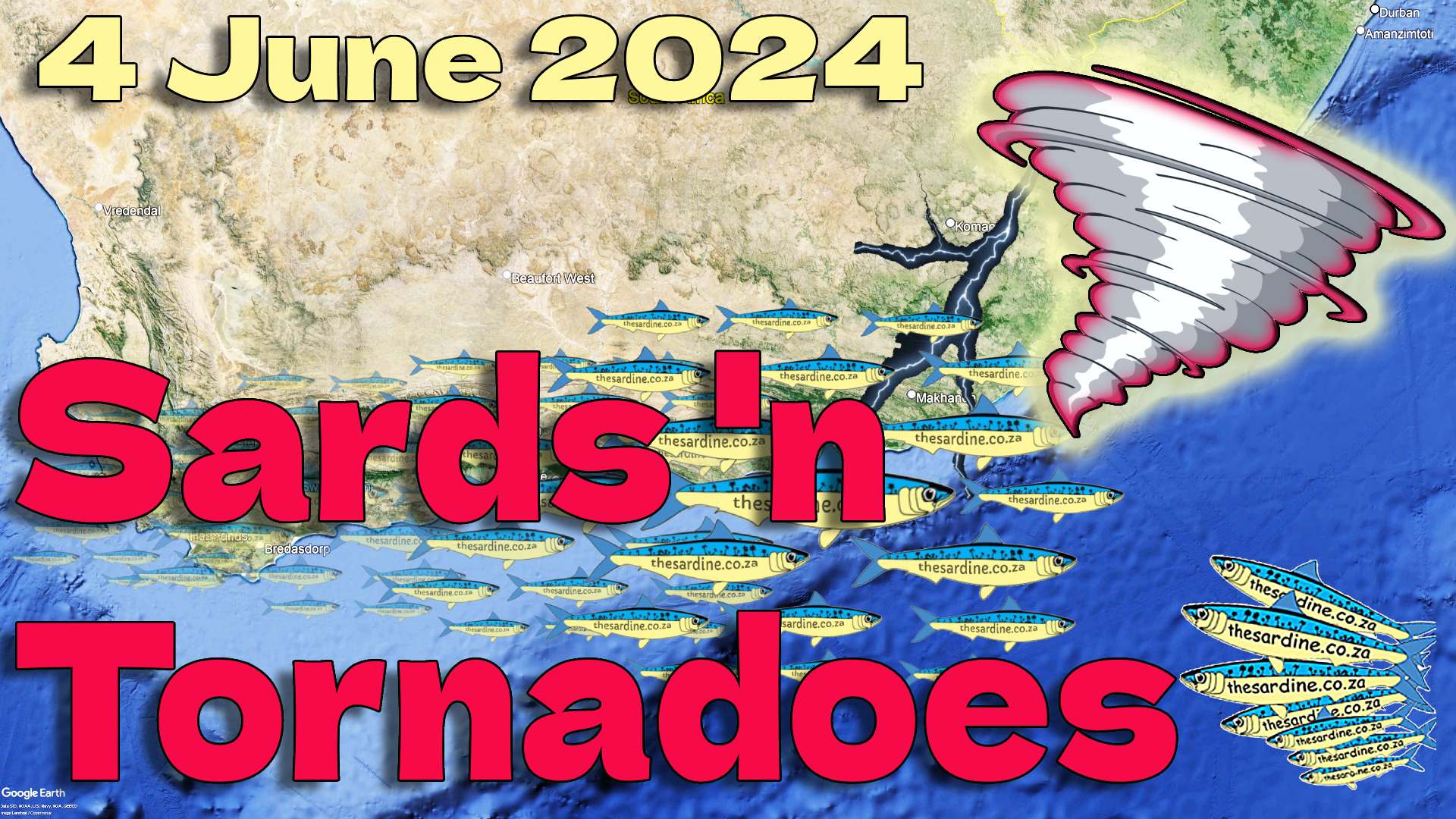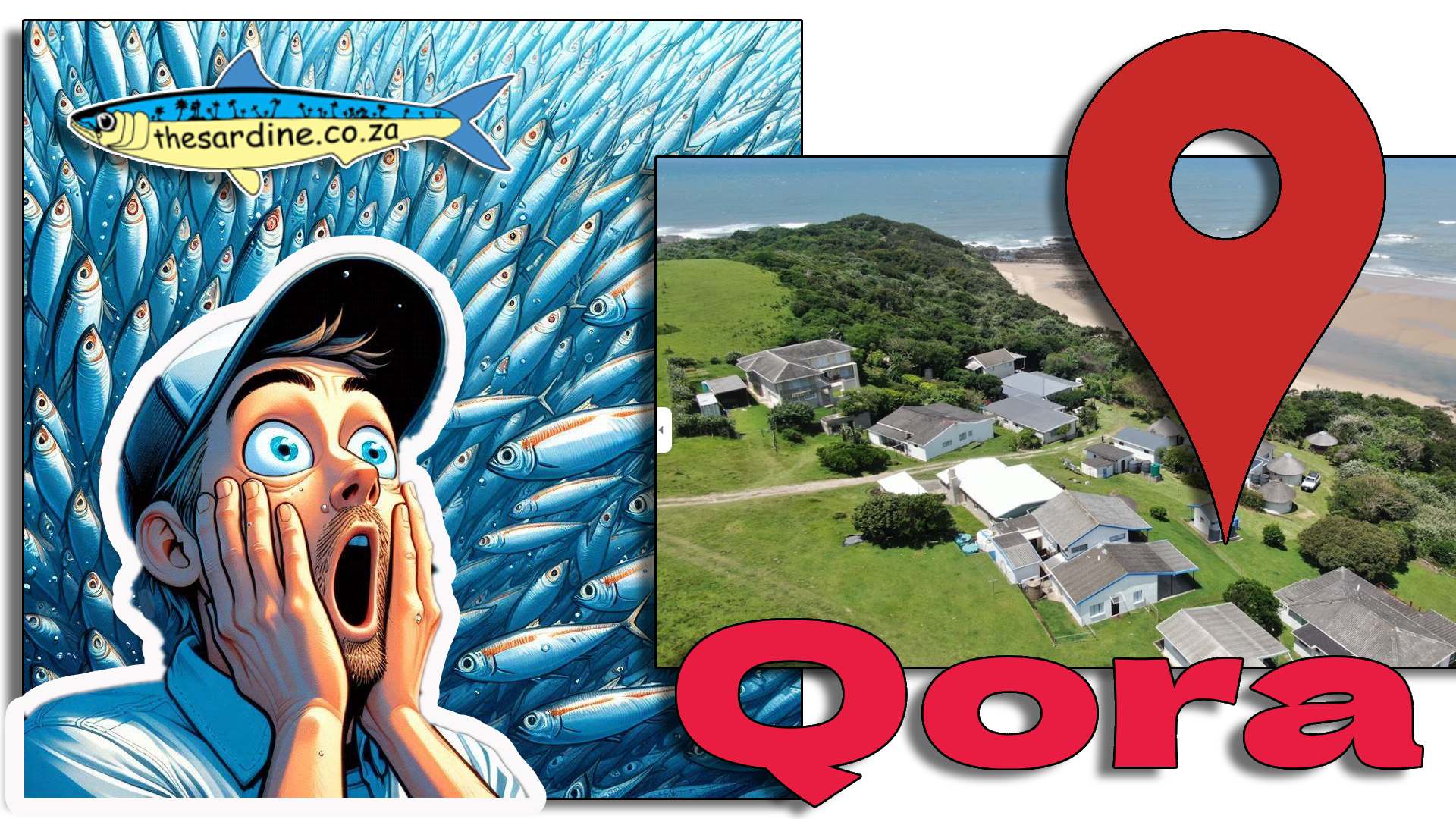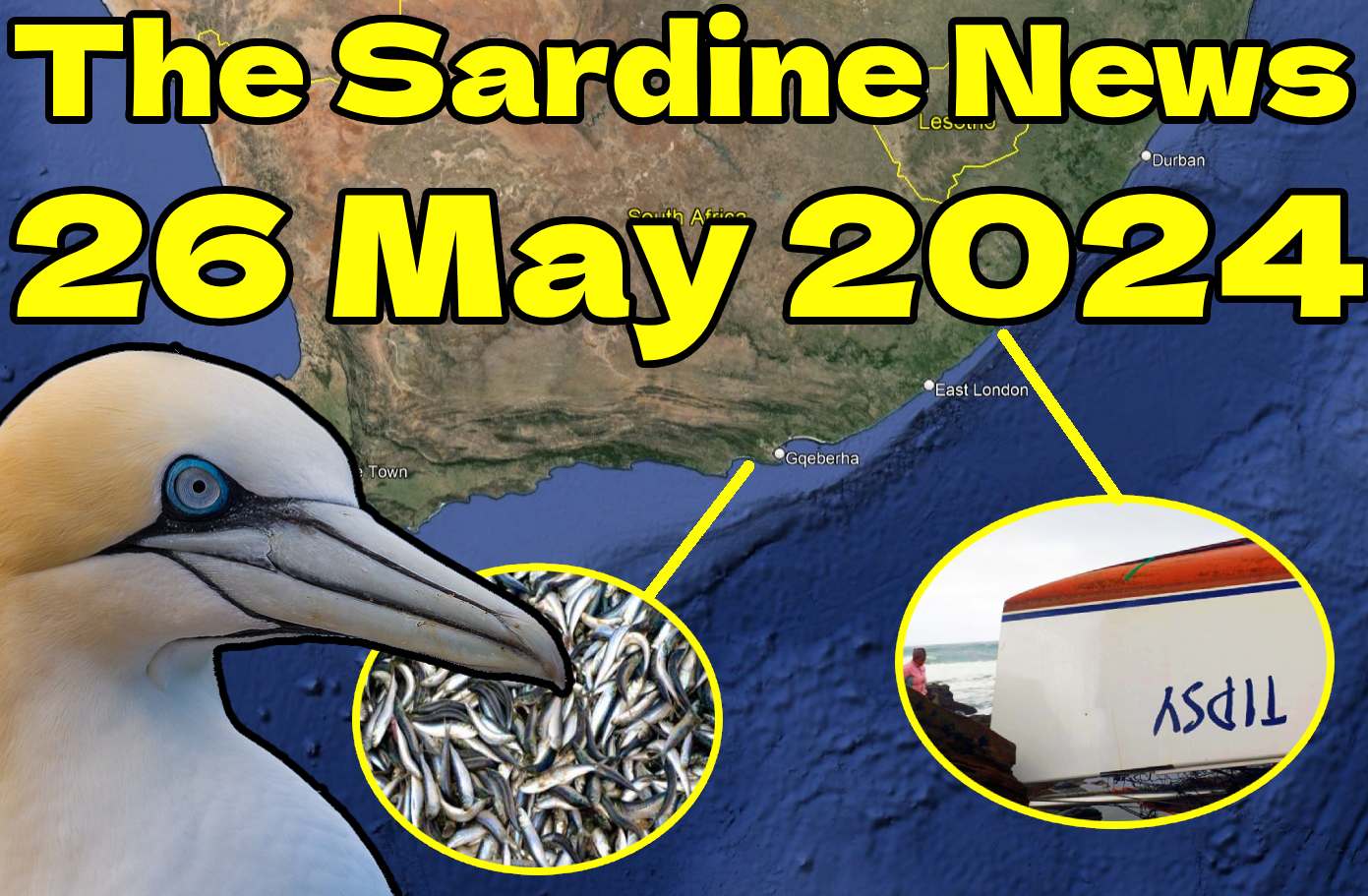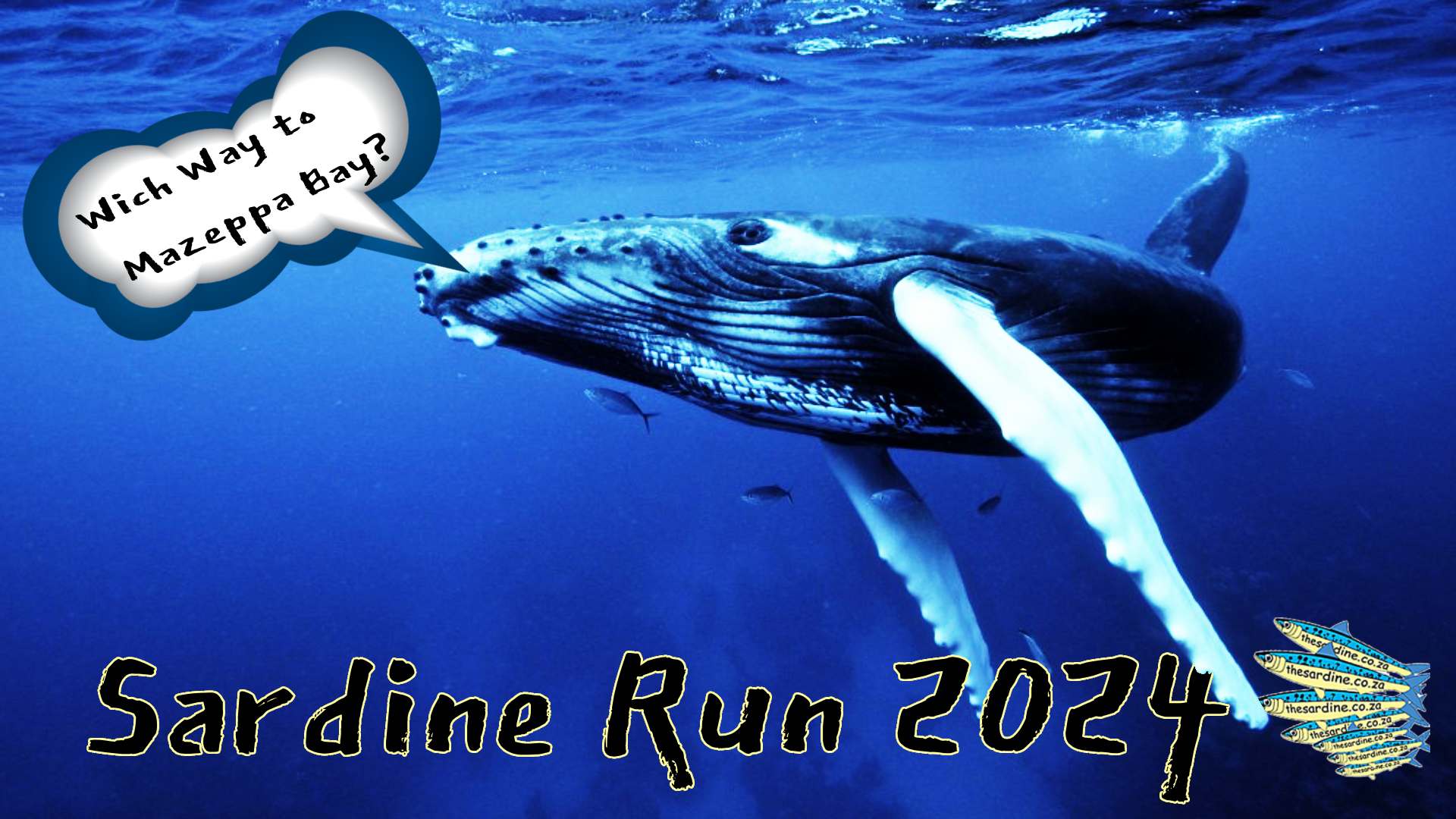Kevin in Qora Sardine Report w GoDive Video TODAY #sardinerun2025 #sardinemigration #godive
Kevin in Qora Sardine Report w GoDive Video TODAY #sardinerun2025 #sardinemigration #godive Kevin in Qora Sardine Report w GoDive Video TODAY: Another blustery winters day here in KZN and the Eastern Cape. Where we are receiving news and reports of huge shoals of sardines heading our way. This is quick compilation of this weeks confirmed … Read more





